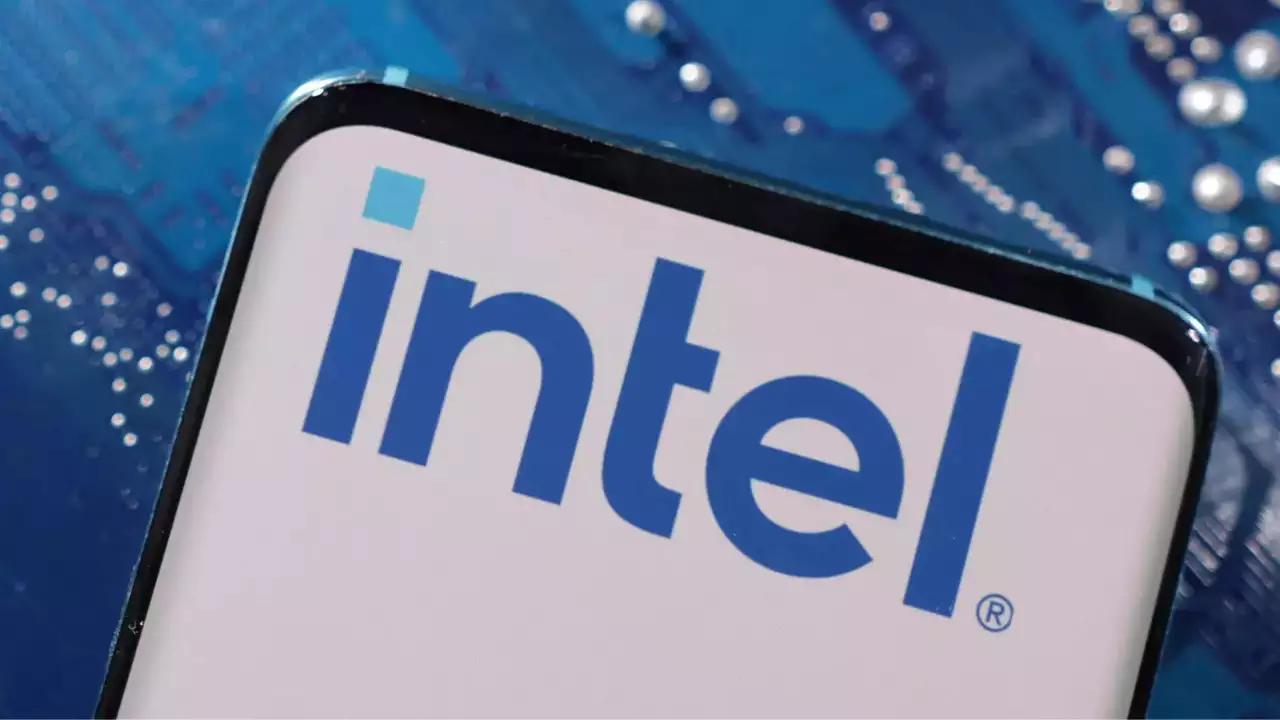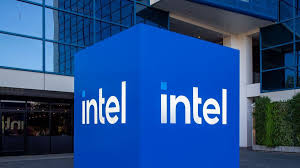Another Blow for Intel! Stock Falls 4% as Financial Woes Mount
Intel’s stock took another hit, dropping 4%, as the company continues to struggle with financial setbacks, competitive pressures, and investor uncertainty. The latest decline adds to an already turbulent period for the semiconductor giant, raising concerns about its ability to regain its footing in an industry increasingly dominated by rivals like AMD, Nvidia, and TSMC.
What’s Causing Intel’s Decline?
Intel has been facing a series of challenges, from delayed chip manufacturing advancements to declining profitability and market share losses. The latest stock drop appears to be driven by a mix of disappointing earnings reports, weaker-than-expected guidance, and ongoing concerns about its long-term competitiveness.
Key factors contributing to Intel’s struggles include:
- Lagging Behind in Semiconductor Technology – Intel has fallen behind Taiwanese and South Korean rivals, especially in the race for cutting-edge AI and data center chips.
- Weak Financial Performance – Recent earnings reports have failed to meet investor expectations, with margins shrinking as Intel ramps up costly investments to revamp its foundry business.
- Intensifying Competition – While Intel was once the undisputed leader in the chip market, AMD and Nvidia have outpaced it in innovation, particularly in AI and high-performance computing.
- Supply Chain and Market Challenges – Ongoing geopolitical tensions and economic uncertainty have weighed on the semiconductor industry, making Intel’s turnaround even more difficult.
Is There a Path to Recovery?
Despite the ongoing downturn, Intel is aggressively investing in new chip technologies and manufacturing facilities. The company’s 18A semiconductor process, expected to launch in 2024, is a critical part of its effort to regain technological leadership. Additionally, Intel has received significant backing from the U.S. government’s CHIPS Act, aimed at boosting domestic semiconductor production.
However, analysts remain skeptical about how long it will take for these efforts to pay off. The semiconductor industry is evolving rapidly, and Intel’s ability to execute its turnaround strategy will be key to reversing its decline.
What Should Investors Do?
With Intel’s stock continuing to slide, investors are left questioning whether this is a buying opportunity or a sign of deeper troubles. Some see long-term potential in Intel’s push for U.S.-based chip manufacturing, while others warn that rivals are moving too fast for Intel to catch up anytime soon.
For now, Intel remains in a challenging position, and its future will largely depend on whether it can deliver on its promises, regain market confidence, and prove that its comeback strategy is more than just talk.







